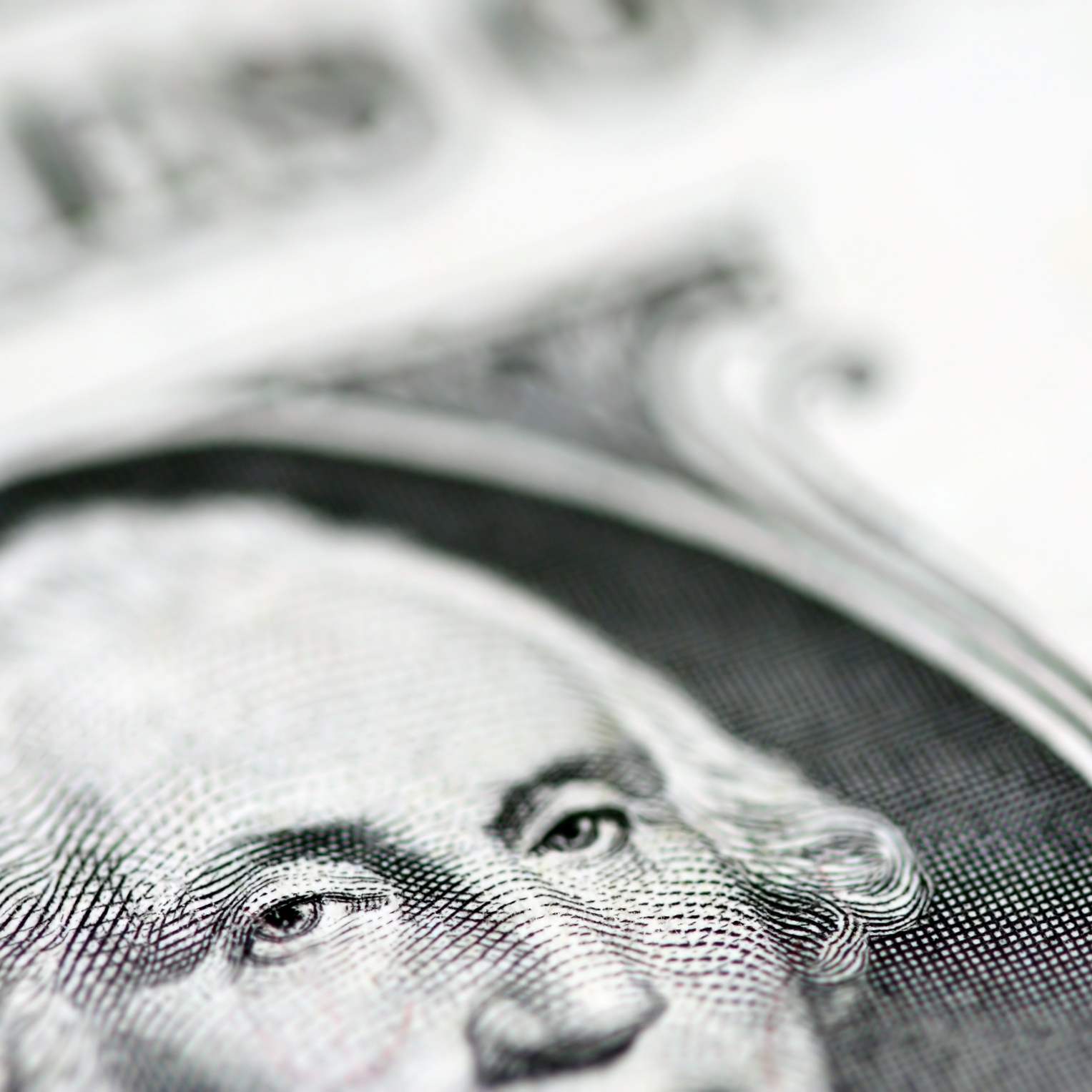Economy
Personal Income Gain Lags as Spending Rises and Savings Rate Drops

Published:
Last Updated:

The U.S. Department of Commerce’s Bureau of Economic Analysis has released one more look at what is happening at the individual level inside the U.S. economy. Personal income and outlays have been released for the month of September. On the surface it appears spending rose faster than income.
Personal income increased by $46.7 billion, or 0.3%, in September. Disposable personal income rose by $37.0 billion, or 0.3%, and the personal consumption expenditures increased by $61.0 billion, or 0.5%.
Bloomberg was calling for a 0.4% rise in personal income and for a 0.5% rise in personal consumption expenditures.
One issue that may stand out here is the component for real disposable income. This level rose by less than 0.1% in September, while real personal consumption expenditures rose by 0.3%.
The pricing data looks muted on the monthly reports, but the year-over-year readings are far different. The monthly personal consumption expenditures price index was up by 0.2%, and the monthly core personal consumption expenditures (excluding food and energy) rose by 0.1%. On a year-over-year basis, the personal consumption expenditures price index was up 1.2% on the headline and was up by 1.7% on the core price index.
As noted in last week’s data, the consumer income was not moving into savings. The savings rate was down 0.1% but was still at 5.7% of income.
Individual data were compiled below:
If you’re one of the over 4 Million Americans set to retire this year, you may want to pay attention.
Finding a financial advisor who puts your interest first can be the difference between a rich retirement and barely getting by, and today it’s easier than ever. SmartAsset’s free tool matches you with up to three fiduciary financial advisors that serve your area in minutes. Each advisor has been carefully vetted, and must act in your best interests. Start your search now.
Don’t waste another minute; get started right here and help your retirement dreams become a retirement reality.
Thank you for reading! Have some feedback for us?
Contact the 24/7 Wall St. editorial team.